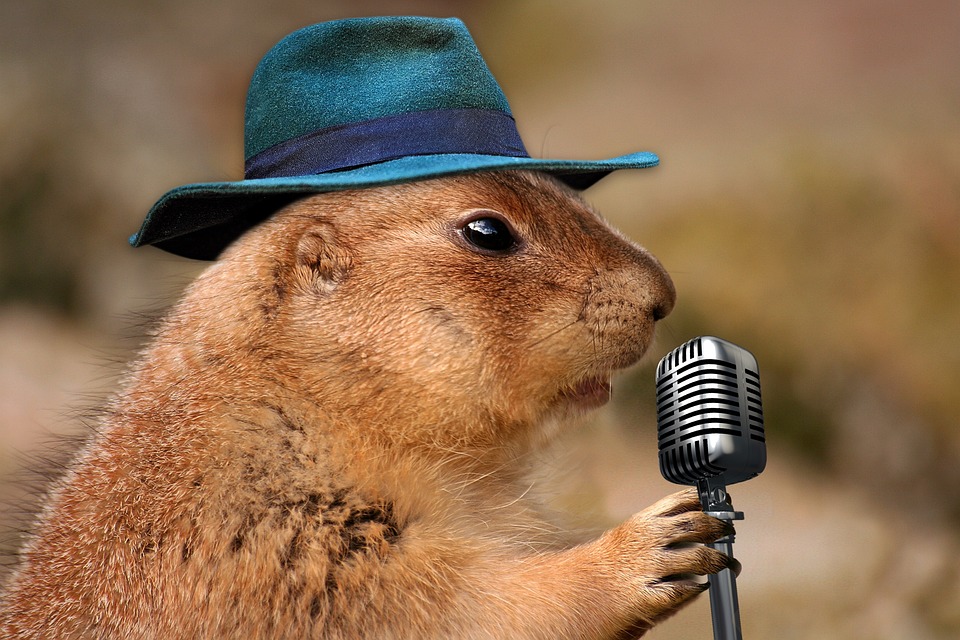Introduction:
Understanding and effectively managing a dog’s excitement and jumping behavior during greetings is crucial for maintaining a harmonious and well-behaved pet. In this article, we will explore the reasons behind this behavior, provide useful tips on how to manage it, and address common questions dog owners often have. Let’s dive in!
Why Do Dogs Get Excited and Jump During Greetings?
1. Dogs are social animals:
– The instinctual nature of dogs compels them to seek social interactions, especially with their favorite humans. Excitement during greetings is an expression of their joy and eagerness to interact with you.
2. Reinforcement of jumping behavior:
– Dogs quickly learn that jumping up on people can elicit attention and affection. If this behavior is inadvertently rewarded, it will be reinforced, making it difficult to break the habit.
3. Lack of proper training:
– Dogs that have not received sufficient training may not understand the appropriate behavior expected during greetings. Without guidance, they may resort to jumping as a way to express their enthusiasm.
Tips for Managing Excitement and Jumping Behavior
1. Consistency and Training:
– Consistency is key when managing excitement and jumping behavior. Establish clear rules and boundaries for your dog and ensure everyone in the household follows them consistently.
– Enroll your dog in obedience training classes to teach them basic commands like “sit” or “stay.” These commands will be instrumental in redirecting their behavior during greetings.
2. Ignore jumping behavior:
– Avoid giving attention or affection when your dog jumps up. Turn away or fold your arms to signal that jumping is not an acceptable behavior. Only provide attention once your dog’s paws are back on the ground.
3. Teach an alternative behavior:
– Train your dog to perform a desired alternative behavior, such as sitting, when greeting people. Reward them with treats or praise when they successfully execute the desired behavior.
4. leash training:
– If your dog tends to jump excessively, leash training can be helpful. Keep your dog on a leash during greetings and use it to guide them into a sit position. Gradually, your dog will learn to associate greetings with sitting rather than jumping.
5. Exercise and mental stimulation:
– Engage your dog in regular exercise and mental stimulation activities. A tired dog is less likely to become overly excited and jump during greetings.
Frequently Asked Questions (FAQs)
Q1. Can I punish my dog for jumping?
– It is not recommended to punish your dog for jumping. Punishment can create fear and anxiety, leading to further behavioral issues. Instead, focus on positive reinforcement and redirecting their behavior towards more appropriate actions.
Q2. How long will it take to train my dog to stop jumping?
– The time it takes to train your dog to stop jumping can vary depending on factors such as their age, previous training, and consistency in implementing the training methods. With patience and consistency, most dogs can learn to control their excitement and refrain from jumping within a few weeks.
Q3. Are there any alternative ways to greet my dog that can discourage jumping?
– Yes, there are alternative ways to greet your dog that can discourage jumping. You can ask your dog to sit and wait for your signal before initiating the greeting. This reinforces the idea that calm behavior is expected before any interaction.
Q4. Are certain dog breeds more prone to jumping behavior?
– While jumping behavior can vary between individual dogs, certain breeds, such as Labrador Retrievers and Boxers, are generally more prone to jumping due to their exuberant and energetic nature. However, with proper training and consistent reinforcement, this behavior can be managed in all breeds.
Conclusion:
Managing excitement and jumping behavior during greetings is an essential part of responsible dog ownership. By understanding the reasons behind this behavior and employing effective training techniques, you can teach your furry companion to greet guests with calmness and politeness. Remember, patience and consistency are key to achieving long-lasting results.









